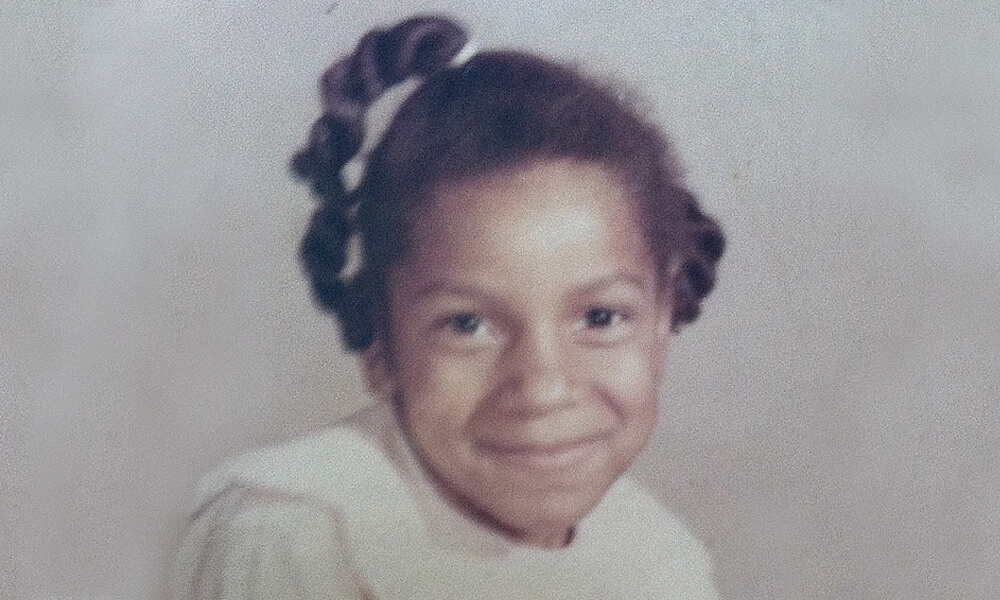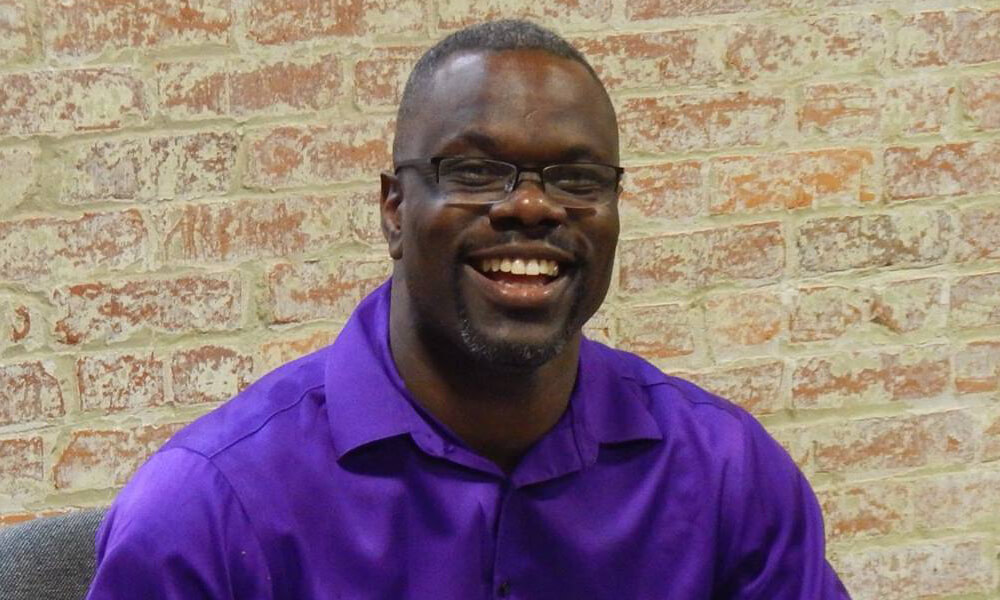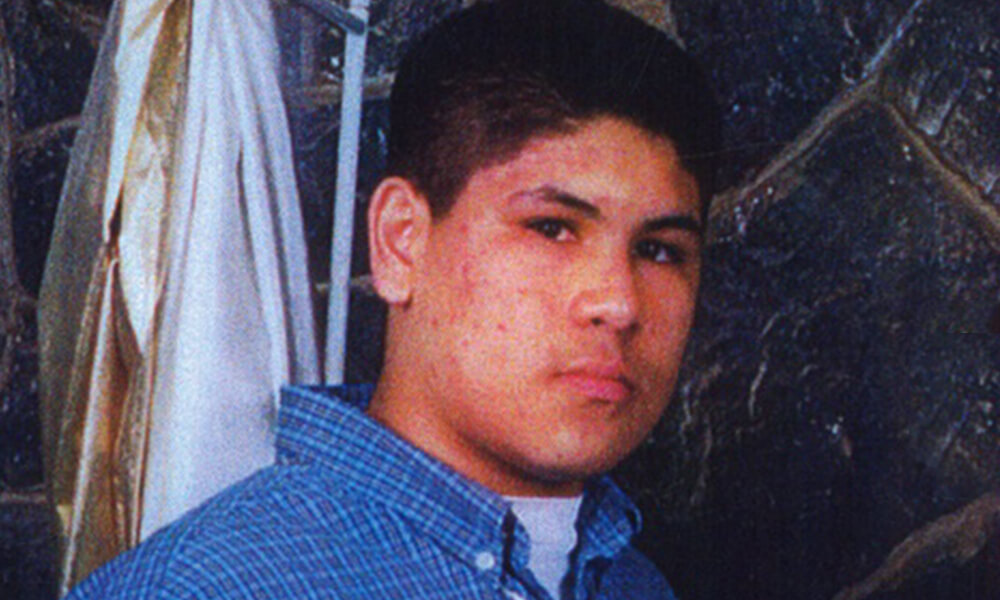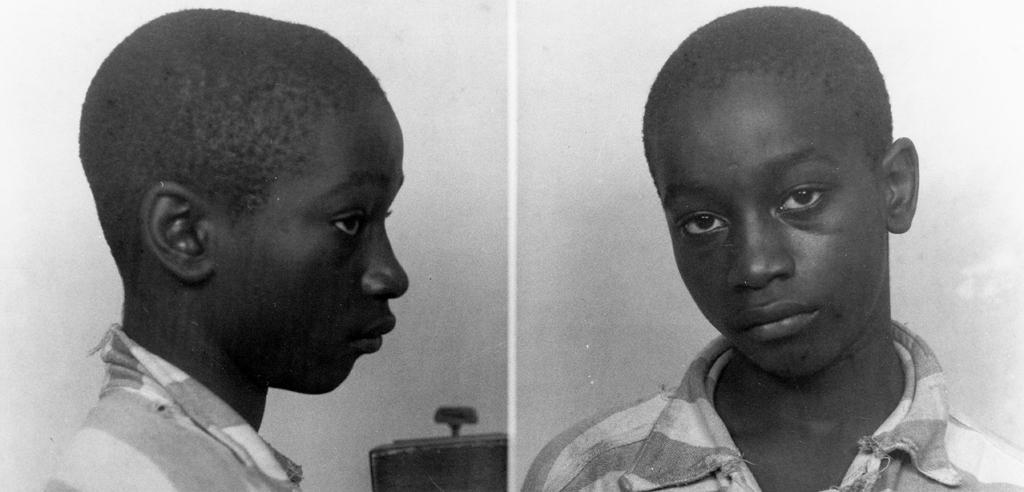Just Mercy
Welcome back readers! Today I wanted to focus my attention more on the argumentative side of Just Mercy. What is Stevenson actually arguing about throughout the entirety of his book. I chose to do this one today because he gave many examples I'll be able to explain in the chapters I just read.
The purpose of this book could be to just go through cases he's been through, it could just be writing about his most interesting cases, or, it could be arguing the rights of different races, showing the flaws in the justice system, proving that cases like his can still happen today. This book is more than just a story, it has a deeper meaning. Stevenson wants to show people the racism within the justice system. At one point in chapter eight, he slides in the comment, "no African Americans were allowed inside the courthouse(158)." He makes a point to mention this because the trial was for a young African American boy where he was surrounded by fifteen hundred white people. Why didn't they allow any African Americans in the courtroom though? It seems very wrong and even suspicious to do such a thing. I think this is one of the arguments Stevenson is making against the racist justice system.
In another instance a page earlier on in chapter eight, Stevenson comes in with another example. He wrote, "in an earlier era, if you were thirteen or fourteen when you committed a crime, you would find yourself in the adult system with a lengthy sentence only if the crime was unusually high profile-- or committed by a black child against a white person in the South(157)." In this sentence, he adds on committed by a black person. He makes sure people know that it's not the same for black people. That's why it's another example of him proving that the justice system is racist. Taking the difference of a white child committing a crime and a black child committing a crime against a white person. He goes on to give an example, when two boys were thirteen and fourteen, they got wrongly convicted of rape and were sentenced to death. He doesn't say it directly; however, the paragraph foreshadows the truth, that it would've been a different sentence if it had of been two white boys. This is what he's arguing throughout the whole book. Stevenson doesn't just show but proves there's racism in our justice system.
I also want to talk about four people Stevenson talked about. Trina, Ian, Antonio, and George. Trina accidently started a fire, killing two boys. The mother of the boys insisted it wasn't an accident. She was fourteen at the time and got condemned to life in prison. Her background in mental health and family life wasn't so good either. This case was disgusting because she didn't mean to do it and she was so young, only to die in prison. Even the judge was saddened by this case. She was later raped by a guard in prison and had son. I think it's terrible that they wouldn't even allow her to see her son.
She was not white.
 |
| Trina Garnett |
 |
| Ian Manuel |
 |
| Antonio Nunez |
 |
| George Stinney |
Works Cited
"Antonio Nuñez." Equal Justice Initiative, eji.org/cases/antonio-nunez/. Accessed 18 Mar. 2021.
"Court Acknowledges Wrongful Execution of 14-Year Old George Stinney." Equal Justice Initiative, 19 Dec. 2014, eji.org/news/george-stinney-exonerated/. Accessed 18 Mar. 2021.
"Ian Manuel." Equal Justice Initiative, eji.org/cases/ian-manuel/. Accessed 18 Mar. 2021.
Stevenson, Bryan. Just Mercy: A Story of Justice and Redemption. New York, Spiegel & Grau, 2014.
"Trina Garnett." Equal Justice Initiative, eji.org/cases/trina-garnett/. Accessed 18 Mar. 2021.

Hi Ashlee!
ReplyDeleteI was so excited to come back to your blog and read your newest ideas and thoughts regarding the novel Just Mercy. I thought this post was very well written, and emphasized the idea that there are many flaws (racism being the biggest) in the justice system, as of today. You made the crucial point to mention that in a specific court trial case, Black individuals were not let in and given a voice to speak up. I found this so unfair and I can't believe that happened. I also really liked how you talked about the 4 individuals Stevenson focused Chapter 7 on. I like how you used repetition after each description of every individual saying "he/she was not white". What was your initial reaction to hearing those stories of the children? Which story were you most interested in? Overall well done Ashlee! I am excited to read your last two posts.
While Stevenson's examples are all focused on non-white individuals, does he support the view that similar cases wouldn't lead to similar punishments by comparing these cases you've discussed with similar cases involving white defendants?
ReplyDeleteHi Ashlee!
ReplyDeleteI liked your blog post! I especially liked how you said that this book is more than just a story. I totally agree. The way that Stevenson incorporates multiple stories into his book adds to his argument significantly and helps bring light to the multiple issues in the justice system. Also, the 4 stories about the children being put in jail for life were heartbreaking and made me question a lot about our justice system.